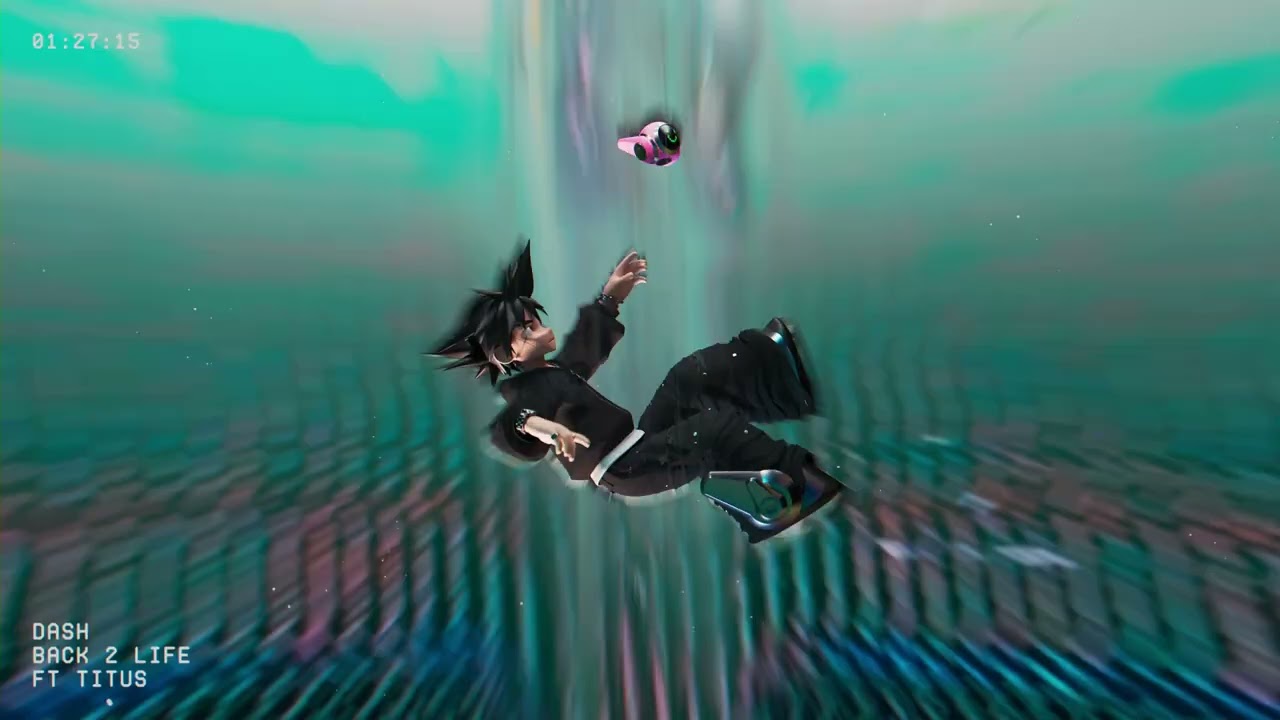Electronic dance music (also called electronic dance music, rave music, or just electronic dance) is a broad category of percussive, electronic musical styles created mostly for clubs, raves, and parties. The biggest trend in this music is the “ballet dance,” which features dance numbers performed on the floor that are mixed with other instruments such as cymbals, bells, or keyboards. The dance floor is usually adorned with a variety of colored lights and neon-colored powder. Some electronic dance music artists combine dance beats from other sources like drum machines, samplers, and even keyboards. Others may blend elements of pop music with their dance beats.
Another form of electronic dance music derivative forms is the breakcore, which was born in the late 1990s. Breakcore typically originates as a hardcore genre of techno music. It uses complex audio formats like samples, drum machines, and modular synthesizers. Many breakcore DJs specialize in creating customized sequencing for their sets, and they often include drum programming on their tracks. Other breakcore producers focus on creating unique drum programming and sampling from other sources like the Internet.
Other electronic dance music derivative forms include drone and glitch. A drone is a repetitive sound, played on a drum machine or pedals. A great drone can be created by sampling from an analog instrument like a keyboard, guitar, or even a cell phone. Glitch is similar to a drone in that it is repetitive, but often includes elements of melodic invention. Many DJs and producers have begun incorporating breakcore and drone in their own styles. New artists and genres are constantly coming up to take advantage of these new techniques.
Music artists in these electronic dance music derivative forms have begun to push the boundaries of DJing. New artists are discovering the joys of pushing the envelope with new musical styles. Even some established veterans have incorporated new elements into their sets. A new artist might introduce a new style in an electronic set and the DJ might be willing to work with them to create a one of a kind sound.
Hard-hitting breakcore is the latest in electronic dance music derivative forms. It features fast drum speeds and heavy bass sounds that are often found in industrial music. Most hard-hitting breakcore comes from UK based producers. A new breakcore artist could introduce a new style in an electronic set and the DJ may be willing to work with them to create a hard-hitting sound.
Dubstep is another one of the many electronic dance music derivative forms. It originated in the United Kingdom but has taken on a global appeal with more people coming to the dance. Dubstep is known for its heavy bass, low end sounds, and unique rhythms. Many people believe that dubstep is what started the industrial music movement.
House is another of the many electronic dance music derivative forms. House began as an underground style of music but has developed more popularity over the years. Although it started as a club style of music, house can be found in raves or clubs. The most popular form of house is now typically played at country clubs and nightclubs.
Other popular electronic dance music derivative forms are chillout, techno, alternative music, Latin music, and even dance music genres like house and trance. All of these styles can be traced back to the early rave era when artists took American and European musical styles and mixed them together. Today these styles are still very popular and a great way to express yourself. Electronic dance music is truly made up of many different musical styles that have been shaped and changed by technology.


